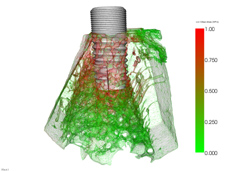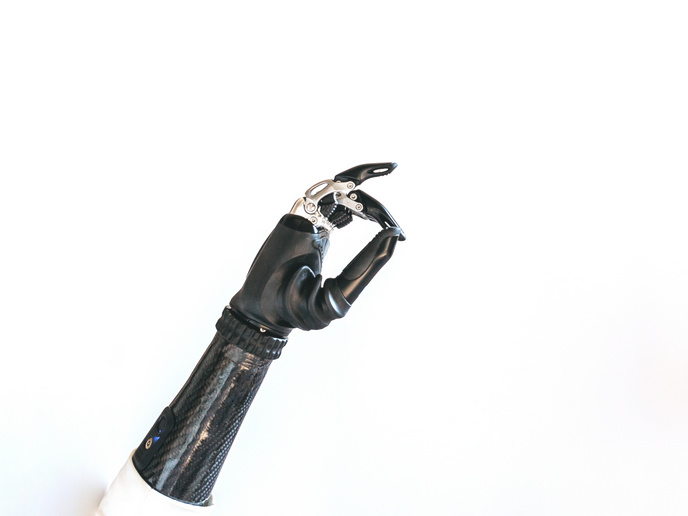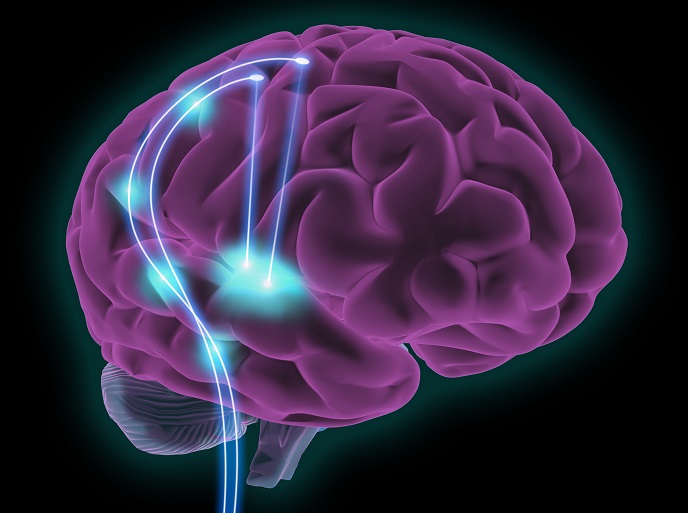Predicting osseo-integration of dental implants
Problems arising from the permucosal fixation of oral prostheses are associated with an ageing population, such as in Europe. Standard dental practice has been to fit the prosthesis onto a supporting implant. This follows a period where the area surrounding the unloaded implant has been allowed to heal. However, one-stage placements of implants, which can accept immediate loading, have been developed. These have improved patients' quality of life by enabling an earlier return to normality. The IMLOAD project studied the reaction of bone to the effects of controlled mechanical loading and the fixation of a dental implant. Models of the dental implant-bone complex were developed by the team. The aim of the models was to help improve the design of dental implants, facilitating the long-term connection between living bone and the surface of a load-bearing artificial implant. This process is known as known as osseo-integration. The extent of bone growth and resorption was predicted with a bone remodelling algorithm. Further research was planned to more successfully integrate the algorithm into a commercial finite element framework. Researchers developed a methodology for producing 3D models of cancellous and cortical bone, bone marrow and artificial dental implants. Cancellous material has low density and strength but a large surface area, whereas cortical or compact bone material is dense and forms the surface of bone. A methodology was also developed for creating models for the analysis of artificial biomaterials and biological tissues and structures. The team used these methodologies to build finite element models of guinea pigs and patients used in pilot studies. The algorithm used for bone remodelling was applied to the guinea pig results. The methodologies developed were then combined in order to predict osseo-integration in human patients. Figure caption: Stress distribution in mandibular bone.







